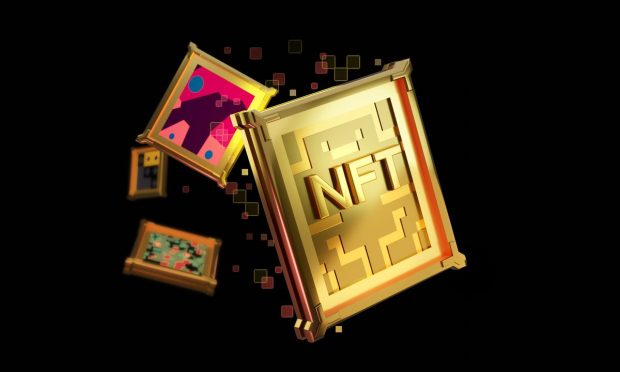PYMNTS NFT Series: Tokenizing Assets Is NFTs’ Next Frontier

Welcome to the sixth installment of PYMNTS’ series on non-fungible tokens (NFTs), the newest craze in crypto.
Over 12 days, we’ll be looking at every part of the NFT craze sweeping the worlds of art, video games, social media, fashion and sports.
When it’s finished, you’ll have a solid grasp of the basics of NFTs — what they are, how they work, what they are going to be used for, what their drawbacks are, what you need to be aware — and wary — of, and why people are paying so much money for them.
So far, the hype around NFTs is that it’s a way of putting media on a cryptocurrency token, from $69 million collages to ludicrously overpriced cartoon avatars of bored apes to video clips of @KingJames hitting a slam dunk.
The idea being that non-fungible tokens are unique, cannot be changed or forged, and are easily sold as their blockchain-traceable provenance is never in doubt. So, what better way to hold a digital collectable or artwork?
However, that’s the low-hanging fruit of NFTs.
It’s not just media that NFTs hold. That’s one type of data, but not the only one. And in many way, it’s not the most valuable.
Just as an NFT holds artist Mike “Beeple” Winkelmann’s bank-busting “Everydays: The First 5,000 Days” collage, so too could it hold the title to that work — or to a physical world painting. Or to a piece of real estate, a share of stock or a bond, the title to a car — even the driver’s license that allows you to drive that car.
Essentially, it could let you hold any document at all. And because NFTs are immutable — written permanently onto a blockchain — their provenance is easily provable.
The NFT itself can carry not only the text of the transaction but an image of the ID document or of a stock certificate, or even a written signature in addition to a digital code that acts as a signature. It’s a lot more user friendly but just as trustworthy, as the NFTs’ provenance can be traced on a blockchain.
Of course, standard cryptocurrencies can be used to send data. The very first 2009 Bitcoin genesis block has a text of the headline of a news story about a bank bailout that day, both to timestamp it and to make a snarky reference to the failings of the traditional finance industry.
But the data is stored in the transaction record rather than on the token itself, which is fungible — meaning each one is like every other. NFTs, in contrast, are defined by the data they store — the text, the media file, whatever — making them unique. That’s the non-fungible part.
This gives NFTs a lot of use cases beyond art.
One that’s mentioned frequently is real estate, in part because the sales and proof of ownership parts of the industry are so complex and requires so many intermediaries. Just consider the cost and time required for the title search and title insurance required for most mortgages.
A real estate NFT could hold all the records and documents involved in ownership of the property: the title and the deeds to the house and to the land, the floor plans and engineering documents, a history of renovations and repairs, even the air rights and mineral rights to the land, and the neighborhood association requirements.
In a Forbes article last year, venture capitalist Tim Draper said he was “excited” about how NFTs are “going to be applied to real estate in the physical world. I suspect that people will soon be able to buy a building, buy the air rights and buy the virtual rights of any physical space.”
Digital IDs that are at once recorded on a blockchain and easily carried is another big use of NFTs that is being explored by everyone, from private companies to UN refugee agencies.
Another big use of NFTs is tokenization: dividing up and selling off shares of assets ranging from real estate to artwork. The same provenance and sales history benefits apply, and it makes it far easier to sell off shares in assets that have traditionally only been available to large investors.
Take the example of hotels and commercial real estate properties. They have pretty much been limited to wealthy investors. But NFTs would make it far easier to sell off shares in such a property, expanding both the world of buyers and allowing small investors access. The same applies to venture capital investments, and even physical (and digital, of course) artwork.
